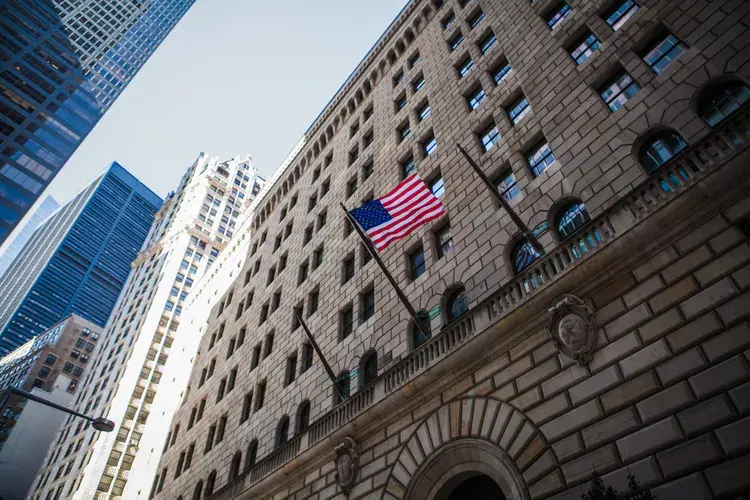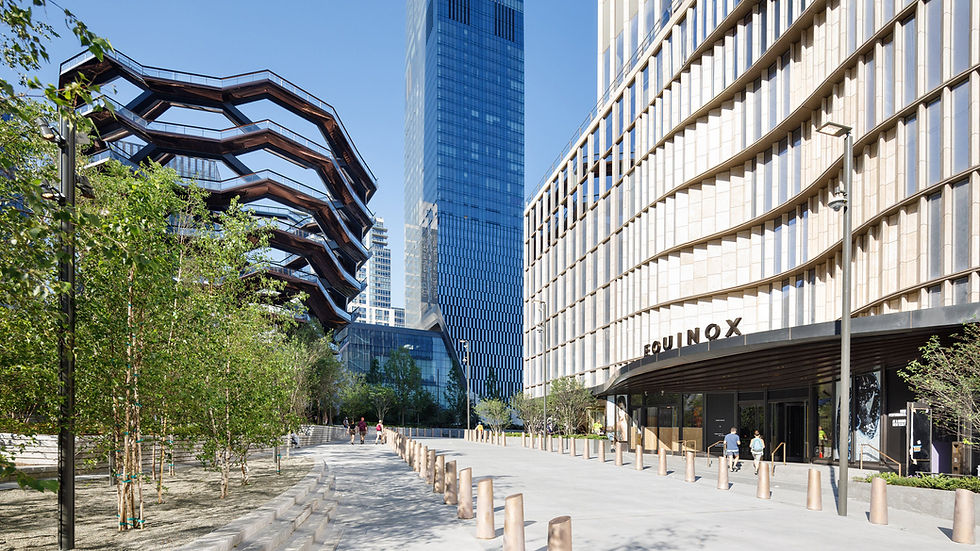Weekly Market Report - January 30, 2020
- Jan 30, 2020
- 3 min read
Industry Enters New Year on High Note Low unemployment and relentless growth in the TAMI sector have led New York City to having the highest leasing volume since 2001. One big thing coming in 2020 is landlords are growing confidence. They are creating their buildings with quality in mind, making sure their tenants have an environment where they can grow and improve their productivity. Asking rents grew to an all time high to $80.43 per square foot, an increase from 2018’s $73.36. There was a slowdown in co-working spaces with it decreasing to 12 percent year-over-year. While no one is predicting a recession, people say there will be low interest rates, low inflation, and an environment where foreign investors create jobs and diversity.
Real Estate Industry Generated $32B in New York Taxes
For the last fiscal year, New York City’s real estate industry generated over $31.9 billion in taxes, which came from properties such as office and residential rental buildings, hotels, retail, and utility properties. This number represented 53 percent of the city’s tax revenue, which is more than double the next closest contributor and an increase from 2009 when it was at 47 percent. The real property tax was the largest generator of revenue with $28 billion and transfer taxes brought in $1.4 billion, and commercial rent came in with $900 million. Real estate taxes remain a key source of funding for the five boroughs, and it could fund the city’s entire share of salaries for all 300,731 full-time city employees. This is a vital to the health of the city as real estate related taxes are more than half of all taxes collected.
Commercial real estate professionals are making predictions on how 2020 will compare to 2019.
· Office occupancy and lease rates will stay flat or decline slightly
· Brooklyn is expected to have the most development with the Bronx and Queens following
· Only 19% of respondents say occupancy in Manhattan will increase while 44% say lease rates will increase in all boroughs
· Hudson Yards will be the new center of commerce
· 58% of respondents say transaction volume will decrease in 2020 with high prices, low number of assets for sale and uncertainty in regulations
Apple is negotiating to lease space at 11 Penn Plaza after losing out to Facebook at the Farley Building. Penn Plaza has 638,921 square feet available from the fourth floor to the 14th, which came from Macy’s. Apple wants to lease approximately 200,000 square feet in the middle of the building as it is the entire eastern blockfront along Seventh Avenue between 31st and 32nd streets. Vornado, who owns the building, has two choices: approve the sublease and leave Macy’s on the lease or sign a direct lease with Apple and drop Macy’s from its rent obligation that would only occur if Apple defaulted. The deal would be in the mid-$60’s per square foot.
With WeWork’s failed IPO months behind us, other co-working companies are now scaling back after 10 years of rapid growth. A few weeks ago, Knotel laid off several of its employees after its leasing activity decreased 80 percent in the fourth quarter of 2019. This move has come as a surprise as about six months ago, Knotel had a funding of approximately $400 million and was valued at $1.6 billion. The company’s reasoning for scaling back is to better align supply and demand for flex office space. At the end of 2019, Knotel had about 800,000 square feet of empty or soon to be empty space. In the future, Knotel plans to target small to midsize companies. Other co-working companies, such as Spacious, Breather, and Industrious, have laid off employees, closed down completely or reduced its leasing activity.
Coming off a high from 2019, reports are saying if people want to continue to have the success, they had in 2019, they need to pay attention to certain issues, including AI technology, climate change, and employers prioritizing their tenant’s wellness. Retail is also reinventing itself by incorporating technology, experimental themes and repurposing malls. Brick-and-mortar still account for 90 percent of all sales. In the coming year, politics can’t be ignored. New York has become a poster child for rent control, so people are keeping an eye on it to see what could possibly be legislated. Buildings are making changes making them more resilient to extreme weather events, and there is more of an emphasis now on community building rather than just developing buildings.









Comments